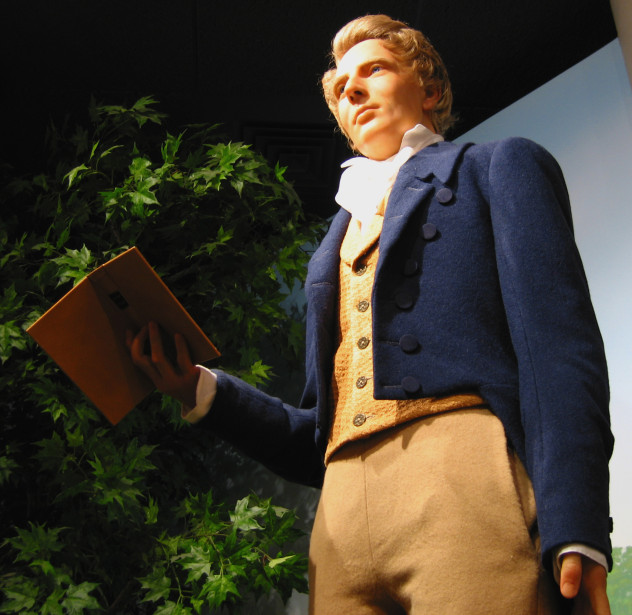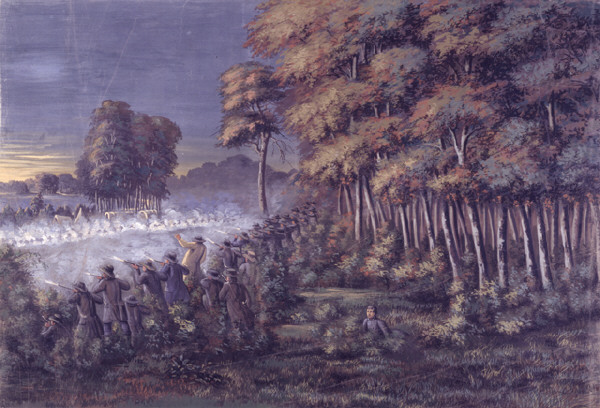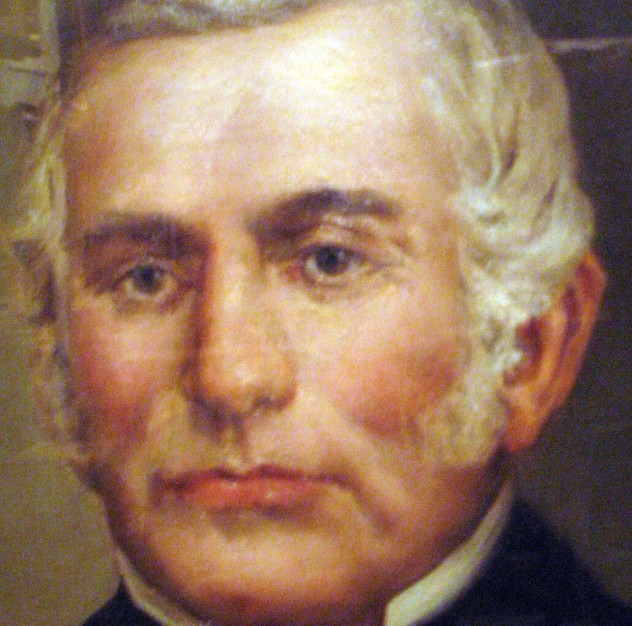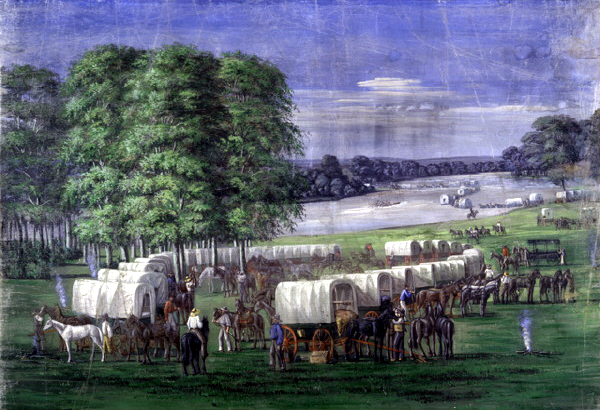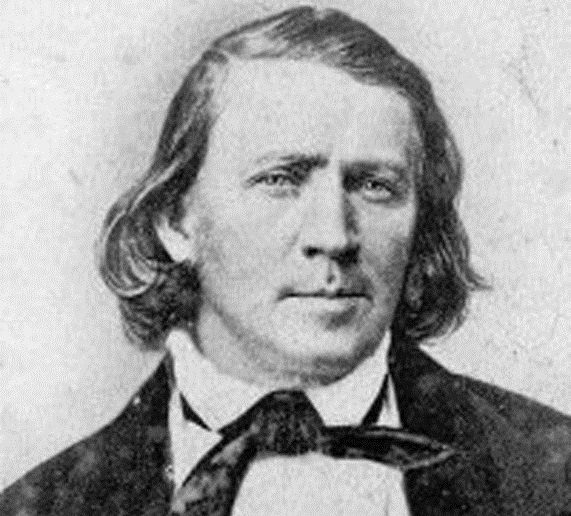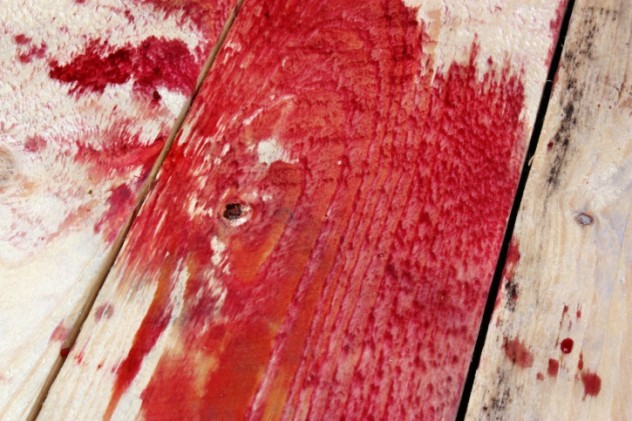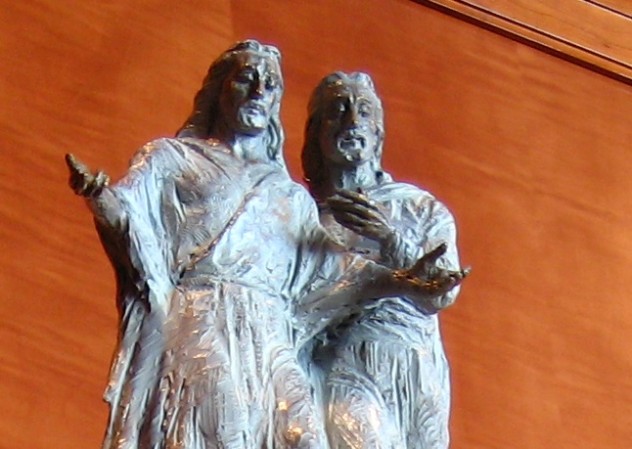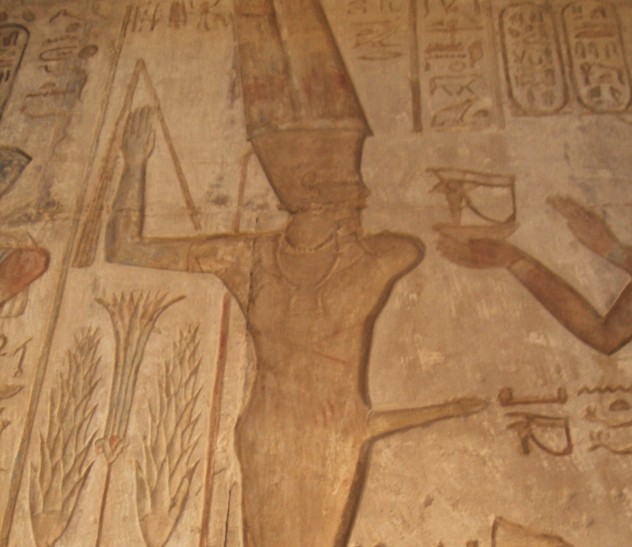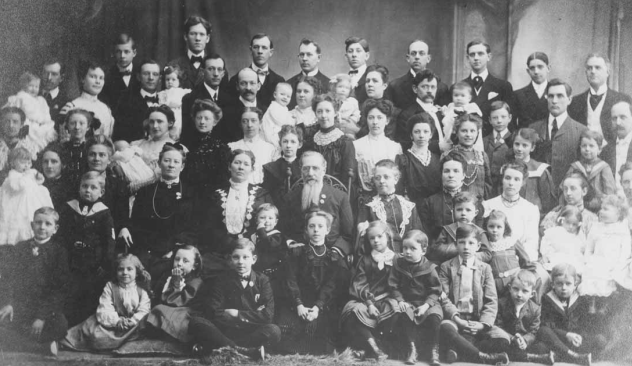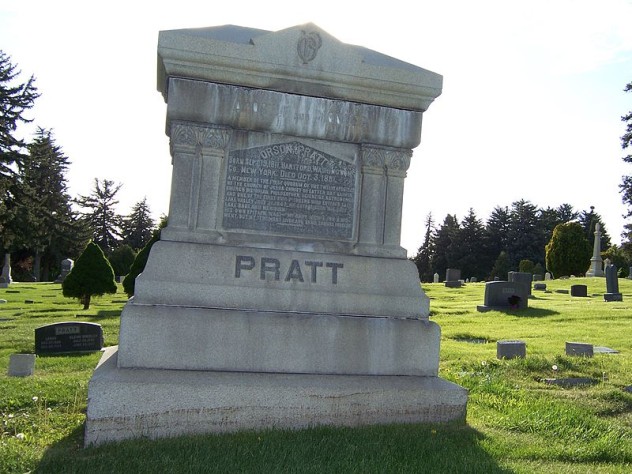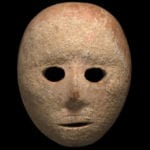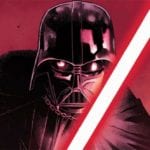From deeply disturbing acts by its founder, Joseph Smith, to atrocities committed in the name of God in Utah, Mormonism has some very dark secrets that even most members of the Church don’t know about. Fortunately, they are well documented—many even by official Mormon publications.
10Mormons Threatened To Exterminate All Missourians
Sidney Rigdon was, for a time, the second most powerful person in Mormonism. Then, his relationship with Joseph Smith (depicted above in a statue at the Temple Square’s North Visitor’s Center) suffered due to a number of factors that strained the friendship including when Smith tried to marry Rigdon’s daughter (while Smith was already married) and his refusal to support polygamy. He was removed from his post but, when Rigdon was still Smith’s second-in-command, his input helped shape much of Mormon theology and he also gave the majority of important sermons to the earliest Mormon congregations. When Mormons were living in Daviess County, Missouri, he delivered a fiery oration on Independence Day of 1838 in which he promised that the Missourians who Mormons felt were persecuting them (the sentiments had some justification although Mormons did their fair share of antagonizing as well) would need to stop any disputes with the Mormons or face a war of extermination. He promised they wouldn’t stop until the last drop of blood was spilled. The text of the speech was endorsed by Joseph Smith.
9A Mormon Militia Burned Villages To The Ground
The non-Mormons who were present at Rigdon’s sermon were rightfully alarmed. Fears of Mormon aggression, as well as Mormons taking control of the county government, led to anti-Mormon sentiments among the residents of Gallatin, the seat of Daviess County. When Mormons turned up to vote on election day that year, a drunken brawl broke out that resulted in Mormons being blocked from accessing the polls. Mormons responded to not being allowed to vote by forming a militia and attacking Gallatin as well as the nearby village of Millport (one militia battle is depicted in the painting above). They looted and gutted shops and set fire to numerous homes, stores, and government buildings until nearly all homes in Daviess County not owned by Mormons were destroyed. Numerous records, including journal entries from those who experienced the attack and affidavits sworn against the Mormon mob, included allegations that the Mormon mob forced pregnant women and children out into the cold, stole livestock, and took prisoners for interrogation. Unfortunately, these actions and the menacing content of Sidney Rigdon’s July 4 speech led to Governor Lilburn Boggs signing an order to exterminate all Mormons in Missouri.
8Joseph Smith Ordered Governor Bogg’s Assassination
After the extermination order, the Mormons left for Nauvoo, Illinois, but their bad experiences in Missouri would never be forgotten. In 1841, Joseph Smith announced a prophesy that Governor Boggs (pictured above) would, within a year, meet a violent demise. Dr. John C. Bennett, one of Smith’s former close associates (who was no longer in the Church and deeply hated Smith at this point), wrote a letter to the Sangamo Journal in Carthage, Illinois, informing them that he inquired one day about the whereabouts of Orrin Porter Rockwell (Smith’s bodyguard), and Smith replied that Rockwell had gone to fulfill prophecy. Meanwhile, someone attempted to assassinate Governor Boggs, shooting him twice through the skull, once in the neck, and once in the throat. According to Bennett, Rockwell returned the day before news of the assassination attempt arrived at Nauvoo. Rockwell never directly denied the crime, even when he was tried for it, insisting, “I’ve never shot at anybody. If I shoot, they get shot. He’s still alive, isn’t he?” Even though Bennet’s claims were never directly supported by others, they were implicitly supported by William Law, the man who was Joseph Smith’s right-hand man at the time. Further, Joseph H. Jackson, a new arrival to Nauvoo who had a shady past, later claimed in his memoirs that Joseph Smith offered him $3,000 to free Rockwell from prison and shoot Boggs.
7Mormon Settlers Massacred 140 Pioneers Headed For California
In 1867, a group of non-Mormon pioneers from Missouri and Arkansas were trying to pass through Utah on their way to California but ran into trouble as they tried to get through the Beehive State. The Mormon apostle Parley P. Pratt had recently been murdered in Arkansas after essentially trying to kidnap children. Because of this and the expulsion from Missouri, the Mormons at the time felt very strong prejudice against people from those two states. As the pioneers entered Utah, Brigham Young forbade everyone from selling them much-needed supplies. Then rumors began to arise that the pioneers had been destroying fences, burning fields, and making threats against the Mormons, although none of the rumors were ever substantiated. When the rumors expanded to include a claim that the pioneers were going to bring troops back from California to attack the Mormon settlements, a group of Mormons dressed as Native Americans attacked their wagon train and, after a three-day assault, killed all men, women, and children over the age of eight. The victims’ bodies were stripped naked and left to rot in the open air.
6Brigham Young Said Mixed-Race Marriages Should Be Punished By Death
Brigham Young (pictured) is revered by Mormons as the second prophet of modern times. According to Mormon doctrines, prophets speak to God and communicate God’s will to Mormons. Their beliefs on the subject extend so far as to dictate that a prophet can never lead people astray. Despite the fact that the leader of the Mormon Church is supposed to relay God’s will to mankind, though, Brigham Young espoused some terrifyingly racist ideals. Most Mormons are aware that Young instituted a ban on black people holding Church leadership positions and entering their temples, but few are aware of how extreme he was. In a speech he gave as governor of Utah to the state legislature, he announced that Utah should have the right to practice slavery. In an address he gave at General Conference (a semi-annual meeting of the Latter-day Saints), he announced, “Shall I tell you the law of God in regard to the African race? If the white man who belongs to the chosen seed mixes his blood with the seed of Cain [those of African descent], the penalty, under the law of God, is death on the spot. This will always be so.”
5Brigham Young Said Only Spilling Blood Could Redeem Those Who Left Mormonism
Brigham Young had no tolerance for Mormons who began to doubt the faith. One of his wives alleged he ordered the deaths of people who tried to leave the faith. According to her, they would try to leave Utah then turn up murdered (supposedly by Native Americans) along the way. Wild Bill Hickman, a famed gunslinger and friend of the Mormon leader, actually claimed that Young had ordered him to commit some of those murders. Those allegations have never been proven, but Young did indicate that he supported the sentiment even if he never ordered a murder. In several speeches given to large gatherings of Latter-day Saints, he proclaimed that the only way a person could be absolved of the sin of leaving Mormonism would be for that person to have his or her blood spilled on the ground.
4Joseph Smith Recorded Conflicting Visions
Mormons believe that Joseph Smith had a vision in 1820 in which he saw God and Jesus (“first vision” depicted in a sculpture above). According to this story, they told him that all religions existing at the time were abominations. However, Smith told as many as 10 versions of the story and many had serious contradictions. Earlier versions featured only Jesus or angels appearing to Smith. That progressed into a host of angels, then it evolved to God appearing to Smith in a pillar of fire. The last known version, the one in which he saw both God and Jesus, is the version contained in the Mormon book of scriptures known as the Pearl of Great Price and is the version taught both to the Latter-day Saint faithful and those considering converting to the faith. The other versions are never mentioned, though they are available on a Church-run website.
3Mormon Scriptures Contain An Image Of An Egyptian God With An Erection
In 1838, Joseph Smith purchased an Egyptian mummy and a set of papyri. He announced that they were scrolls written by Abraham and, a year later, he said he translated the hieroglyphics by the power of God. His translation retells some Biblical stories as well as adding to the lore of the father of Judaism and Islam, and the translation was eventually canonized as scripture. However, the scrolls that he used to translate were believed for years to have been burned in a fire. When they turned up at the Smithsonian Institute in the 1920s, they were returned to the Mormon Church. Egyptologists (both Mormon and non-Mormon) were invited to view the scrolls and translate them, but they found that the scrolls were ordinary funerary texts that had nothing to do with Abraham. Some Mormons say that some of the scrolls must still be missing, but Smith included facsimiles of the scrolls in his translation and they are clearly misinterpreted, with female figures listed as male, canopic jars indicated to be idolatrous gods, and the Egyptian fertility god, Min (depicted in a painted relief above), labeled “God, sitting on his throne.” The image of Min in the facsimile included in Mormon scriptures is sporting a comically exaggerated erection.
2Joseph Smith Married 14-Year-Old Girls
Polygamy has long been a blight on Mormonism’s public relations. The founder of the religion, Joseph Smith, began claiming he had been commanded by God to take additional wives after his first wife caught him having sex with their teenage maid in the barn. Despite the fact that the Book of Mormon (which Smith said he translated by the power of God) denounces polygamy, Smith didn’t stop with two wives and, before he died, he had married close to 40 women and possibly many more. Some of his brides were as young as 14, and he even married women who already had living husbands. Sometimes, he would send the husbands on missions in foreign countries and marry their wives while they were away and unable to object. However, the revelation that Smith said he received commanding polygamy specifically forbade women marrying more than one man.
1Polygamy Severely Oppressed Women
Polygamy was far worse for the women of Utah in the mid- to late 1800s than even the staunchest of feminists would likely guess. Even though Mormon scriptures had numerous rules governing polygamy that included requirements that the first wife approve of subsequent marriages and bans on one man marrying mothers, daughters, or sisters, the rules were completely disregarded. Women in Utah were treated like a commodity, with Church apostle Heber C. Kimball once observing, “I would think nothing more of taking a wife than of buying a cow.” Men married additional women to show their status as righteous men who were devoted to their faith and would often marry more women than they could afford to support, keeping the less-liked wives in other towns and forcing them to earn their own living. One wife of Apostle Orson Pratt actually died of neglect after getting sick while living in poverty because he wouldn’t allocate enough money for her care. Even in households where the men could afford their wives and offered them full financial support, sometimes jealousy and spite divided wives to the point that some would kill themselves to avoid having to live in heaven with their husbands and their sister wives. Joseph Nelson has always been fascinated by religion. When he isn’t exploring the dark secrets of various religions, he is a major sci-fi/fantasy geek and the lead editor and author for The Elders Blog on Elders of Genova.
